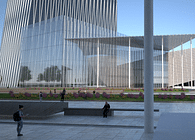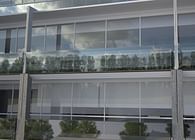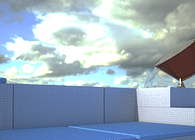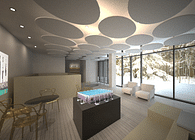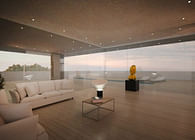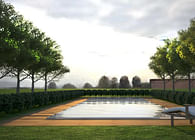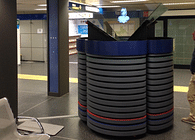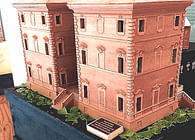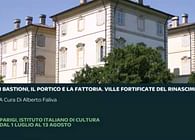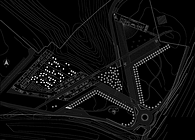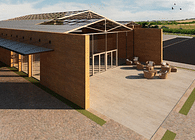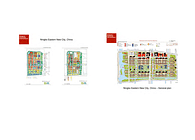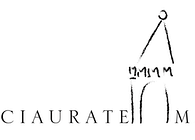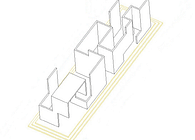
International exhibition (Cremona and New York).
website: www.sciauratemaniere.it.
presentation (Italian) :http://www.youtube.com/watch?v=ddM2kJZr8PI.
3d MODELS touchscreen http://www.youtube.com/watch?v=wnLdaoKMIrw.
INTERVIEW Joseph Rykwert, http://www.youtube.com/watch?v=K-7aMO6O3X8.
Exhibition in Cremona, palazzo Roncadelli-Manna (sept. 2010-feb. 2011) and in New York University, The bastions, the portico and the Farmyard (september 2011). Members: emeritus prof. JOSEPH RYKWERT, prof.PAUL DAVIES, prof.DAVID HEMSOLL, prof.CHANTAL GRELL, prof.RICHARD INGERSOLL. Conferences in teatro Filo with the followers: prof.arch.VITTORIO GREGOTTI, arch.AUGUSTO CAGNARDI, Lighting cameraman MALCOLM HADLEY (TIM BURTON), Academy Award Winner DANTE FERRETTI (partner of MARTIN SCORSESE), production designer LUIGI MARCHIONE (collab.Ermanno Olmi), prof. MINA GREGORI.
With the patronage of Soprintendenza of Brescia-Cremona-Mantua
The reason for an exhibition and a series of meetings
The title “Deplorable Manners” stems from a historical fact. Four authors of unpublished treatises played a very important role in the architectural culture of the lower part of the Po Valley known as the Bassa Padana and its country houses, all built over the course of the 16th century. We are speaking of Filarete, Francesco di Giorgio, Leonardo da Vinci and Sebastiano Serlio. They expressed themselves by means of simply sketched drawings and plans, explaining themselves through images and texts, and thus not just through images (or texts, as had happened in the earlier treatises of Leon Battista Alberti): thus the comprehension of these sketched models was only possible by means of a continual series of comparisons, requiring readers to look at the texts and images at the same time. The most important judgment on Filarete’s treatise is Giorgio Vasari’s: the models that appeared in the unpublished treatise had been drawn up in a “deplorable manner” by which an “injury is done to the public interest and to the age in which he was born.”When we try to read the unpublished pages of this treatise, we realize that they are far from easy to understand: the descriptions of the buildings are incomplete, and for each of them the author presents some images connected with the texts, to help in the comprehension of the models. We are looking at this author first, because the complexity of these sketchy models is linked to all the models developed by the authors of unpublished treatises over the course of the 16th century. Even Serlio in his unpublished Sixth Book went so far as to fuse two traditions of construction like the French and Italian ones (as can be seen in our almost fanciful and fortified logo, which is based on an unpublished drawing of his now in Great Britain), fitting perfectly into a critical picture of deplorable artistic attitudes that are ephemeral (temporary and fantastic) and therefore not utilizable in reality. And even Serlio obliged his readers to look at texts and images together, i.e. the synoptic table and his criticisms of antiquity, as can be seen in the use of the orders in the principal churches of Cremona.
Status: Built
Location: Cremona (Italy) and New York


